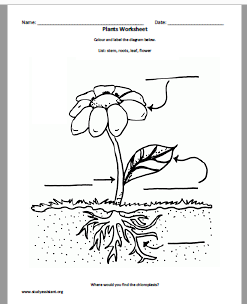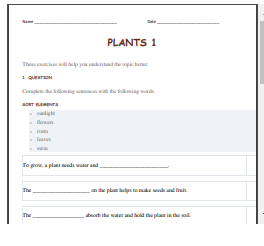Summary
Plants
All plants need light and water to grow. However, not all plants come from seeds; some come from the spores on the leaves and stems of mosses, ferns, horsetails, and some other plants.
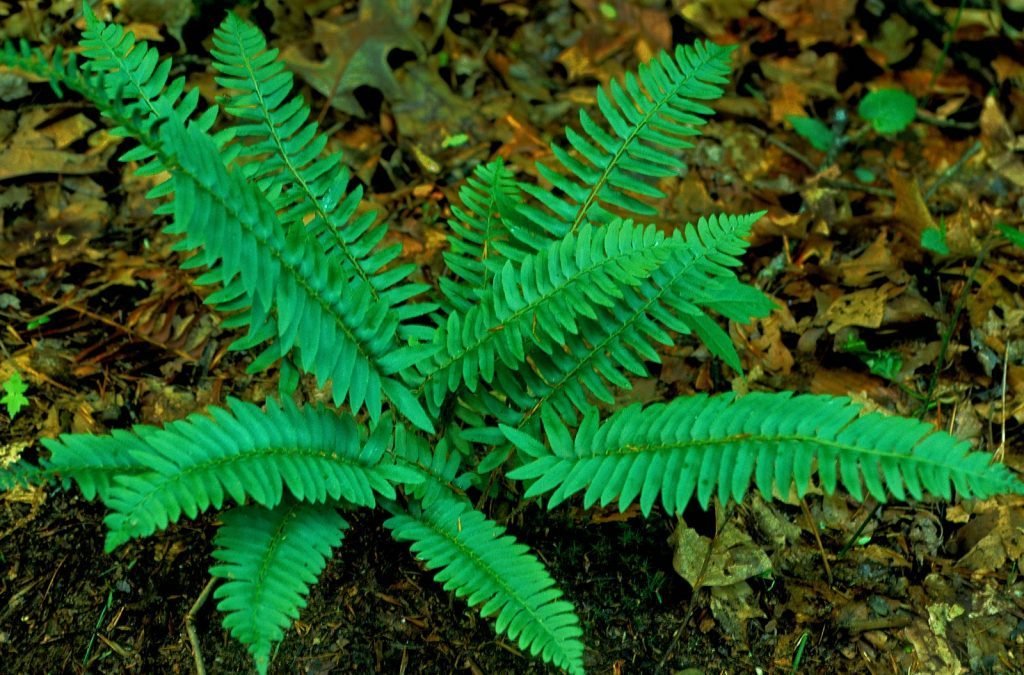
Some plants grow well indoors, while others grow well outdoors. Indoor plants brighten rooms. It is fun to grow outdoor plants. It is a thrill to watch your plants grow.
Discussion:
Observe the plant below.
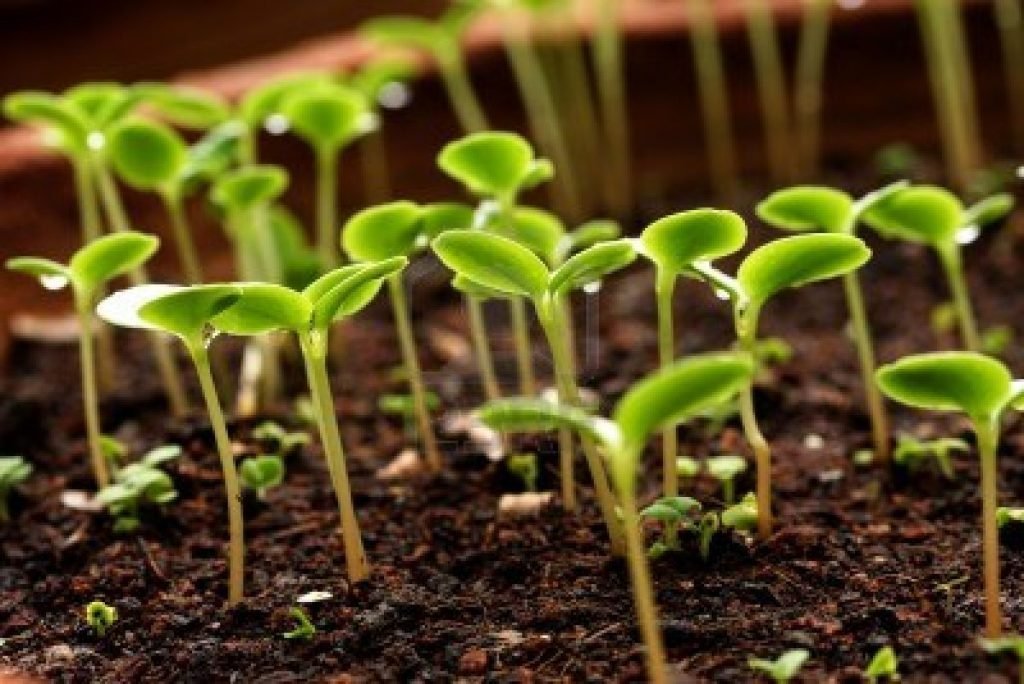
Discuss some of the conditions necessary for them to grow. What do you think would happen if you deprived these plants of water.

What Plants Need
Plants need light, air, water, space to grow, and nutrients.
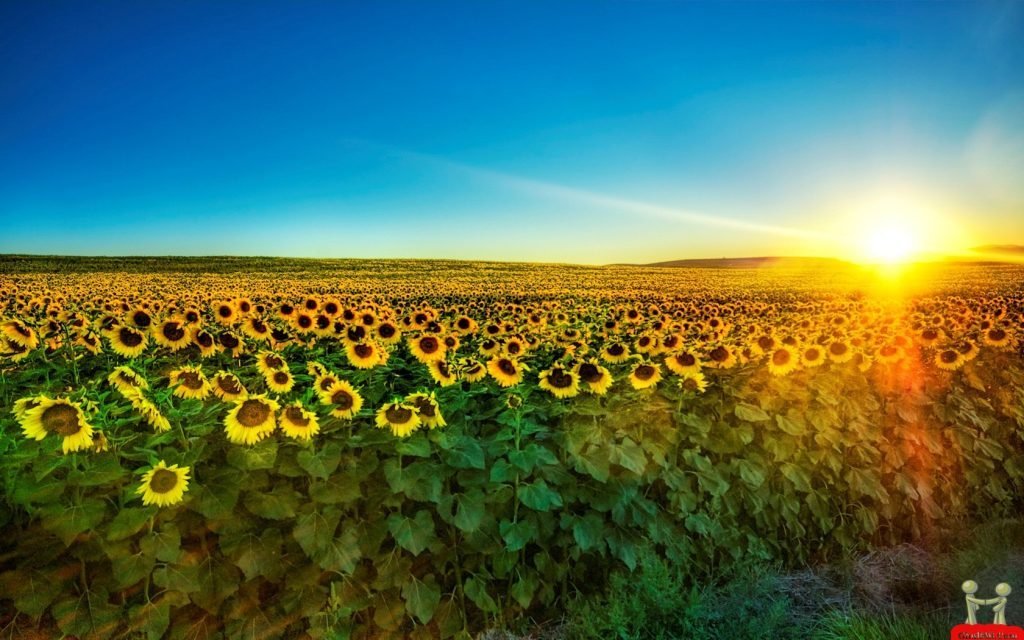
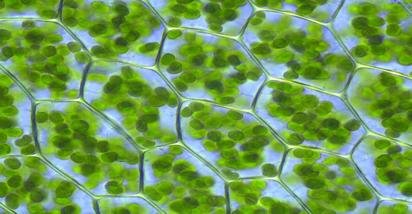
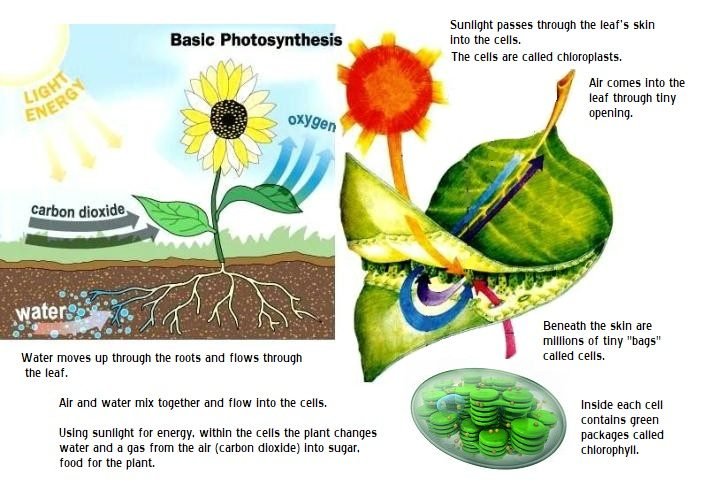
Now, inside a leaf there are millions of tiny packages of colour – yellow, orange and green. Each have special names. The green however, cover up the others especially in summer. As summer draws to an end, the leaves get less and less water. Without water, the green will fade and disappear. Then the yellow and orange can be seen. That is why the leaves look like they change colour in autumn.
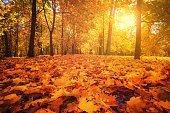
The yellow is called xanthophyll,
the orange is carotene or carotin, and
the green is chlorophyll.
Leaves make sugar, the plants food, and some of the sugar leaves the leaf to other parts of the plants. When the tubes are sealed, the sugar gets trapped inside leaves. The trapped sugar causes the sap to turn red or purple. When the leaves are dry and dead, they turn brown.
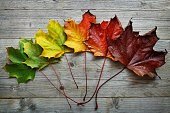
If a plant does not absorb enough of light, it will grow very slowly. If it gets too much light, it can cause the plant and the soil it lives in to dry out. Some plant require direct sunlight others don’t, they thrive in indirect light.
Plant are food for most animals as well. You need plants for food as well. The help us survive. Both plants and animals need the air around us. Air composes of: 78.09% nitrogen, 20.95% oxygen, 0.93% argon, 0.04% carbon dioxide, and small amounts of other gases. Air also contains a variable amount of water vapor (1% – 0.4%).
The roots of plants soak up water and act as anchors for the plant. It grows down into the earth and spread out. They curve around stones always in search of water. Mixed in the water are other minerals (example: iron and copper) and nutrients that the plant take in through the roots. The space a plant has will ensure it grow healthy and not have to compete for space, minerals, nutrients and water.

If a plants does not get enough of what it needs, it could suffer from disease.
Photosynthesis Video
You should know by now that plants and animals depend on each other. We depend on plants as they do a lot for us. They give us the food we eat. Among other things, they give us wood for building homes and furniture; help us clothe ourselves; paper and rubber, and medicine.
Some Plants have flowers
Flowers are abundant and range in colour, size, form, and anatomical arrangement. Each is beautiful growing singly or in cluster. However, most flowers have a uniform function, the reproduction of the species through the production of seed.
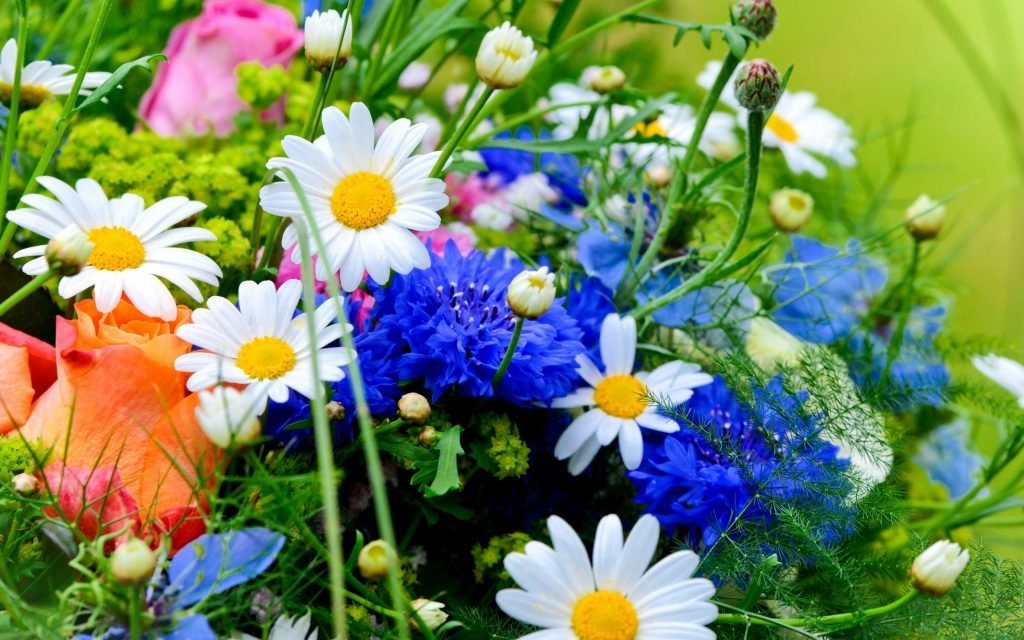
Each flower have essential organs of reproduction; there are two main flower parts: the male part (stamen) and the female part (pistil). Each flower also have essential accessory organs (sepals and petals). The sepals and petals attract pollinating insects.
The Parts of the Flower
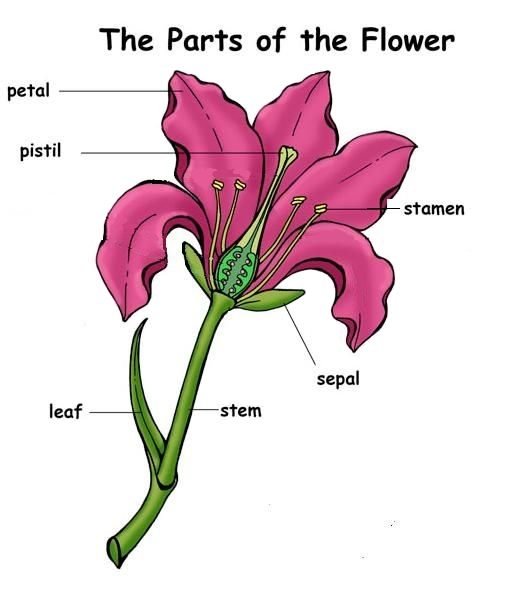
The stamen has two parts: anthers and filaments. The anthers carry the pollen, which is yellow in colour and held up by the filament. The pistil has three parts: stigma, style and ovary. The stigma is the sticky surface at the the top of the pistil; it traps and holds the pollen. It is held up by a tube-like structure called the style. The style leads down to the ovary, which contains the ovules.

Below are some more terms you should also know.
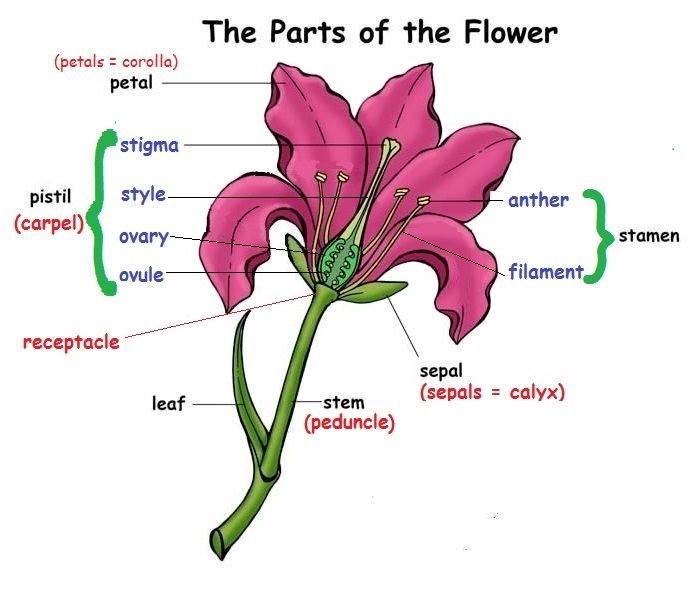
A flower can have either all male parts, all female parts , or a combination. Flower with male or female parts are called imperfect (cucumbers, pumpkins, melons); flowers that have both are called perfect (roses, lilies, dandelion).
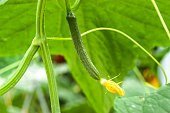
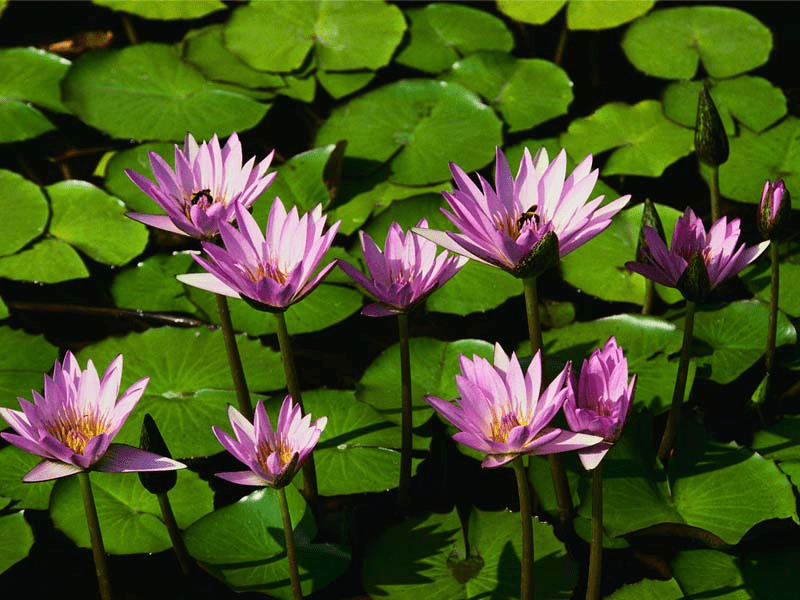
Activity:
Copy the drawing of a perfect flower, as shown below, and label your flower.

Flower Facts:

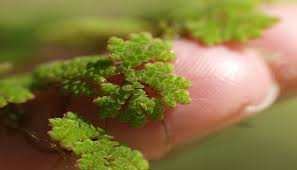
Picture source
Worksheets
Click on the link below to download the PDF worksheets.


